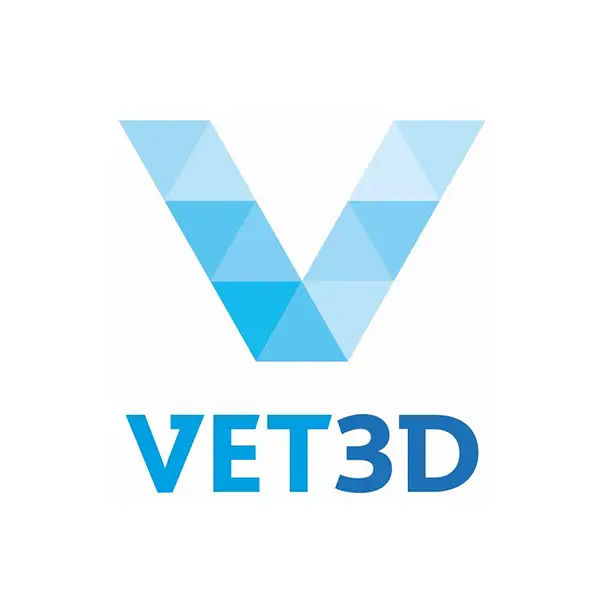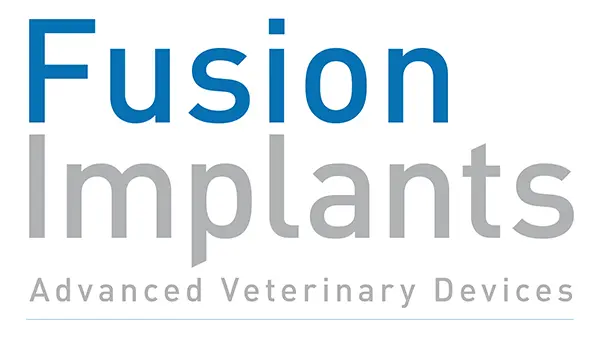More than 170 abstracts received
Thank you to all the Authors
for their invaluable scientific contribution!
Scientific and Organizing Committees has selected 25 Oral presentations, 20 Flash Presentations and 115 Posters.
Presenting authors must be registered participants to the 37th ECVN Symposium (deadline for registration 31st August 2025). Works from unregistered authors will not be included in the Proceedings of the 37th ECVN Symposium.
Deadlines
Deadline for registration: 31st August 2025
Deadline for submission of .PDF files for accepted Flash and Poster presentation: 31st August 2025
Deadline for submission of PowerPoint presentations for accepted abstracts: 5th September 2025
Oral presentations
The time allotted for an oral presentation will be 10 minutes, including 2 minutes for questions and answers. Electronic slides should be organized in a Microsoft PowerPoint presentation.
Presentations must be sent to secretariat@ecvnbristol2025.org BEFORE 5th of September 2025.
The oral presentations’ time schedule will be published on the Symposium’s website.
Flash presentations
In addition to oral and poster presentations, some authors will be invited to present their work as a flash poster presentation. Flash poster presentations should be organized in a PowerPoint presentation of a maximum 3 MINUTE duration. Only ONE QUESTION will be allowed from the audience, and authors will have only 1 MINUTE to answer.
Please note that presentations should be restricted to a maximum of 3-4 slides. We will be very strict with timekeeping, and we will not hesitate to cut presenters off if you run overtime! The main objective of the presentation is to generate curiosity on your work in a flash: highlight only essentials key findings!
NB Flash-poster-presentations should be organized in form of Microsoft PowerPoint presentation AND printed Poster presentation.
Flash-poster-presentations organized in a Microsoft PowerPoint must be sent to secretariat@ecvnbristol2025.org BEFORE 5th of September 2025.
Please follow the below instructions for Poster presentation.
The flash presentations’ time schedule will be published on the Symposium’s website.
Poster presentations
Abstracts selected for poster presentation should be organized in a Poster of 125 cm height and 90 cm width.
Posters will be displayed in the allocated area at the conference center for the duration of the Main Symposium. Poster set up is required by before Opening Ceremony on Friday 19th September 2025. Posters should be removed on Saturday afternoon at the end of the Symposium. Any left poster swill be removed and recycled.
Poster number ID, as assigned on acceptance of the abstract, will be indicated on poster boards at the location where the poster should be displayed. Push pins will be provided by the organizers.
The Poster session, during which Authors are expected to attend their posters and answer questions of delegates will be announced soon.
Any further questions? Please send an email to secretariat@ecvnbristol2025.org




